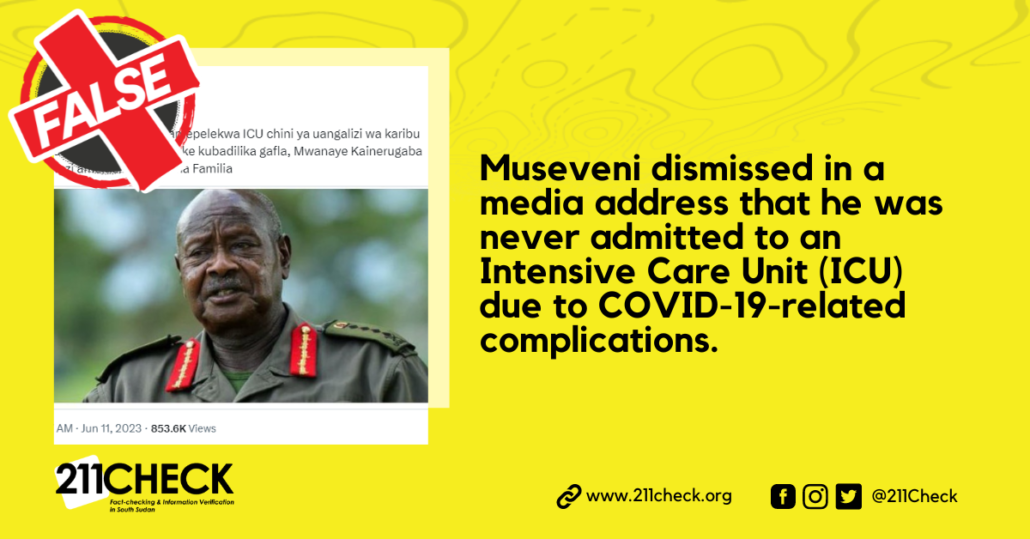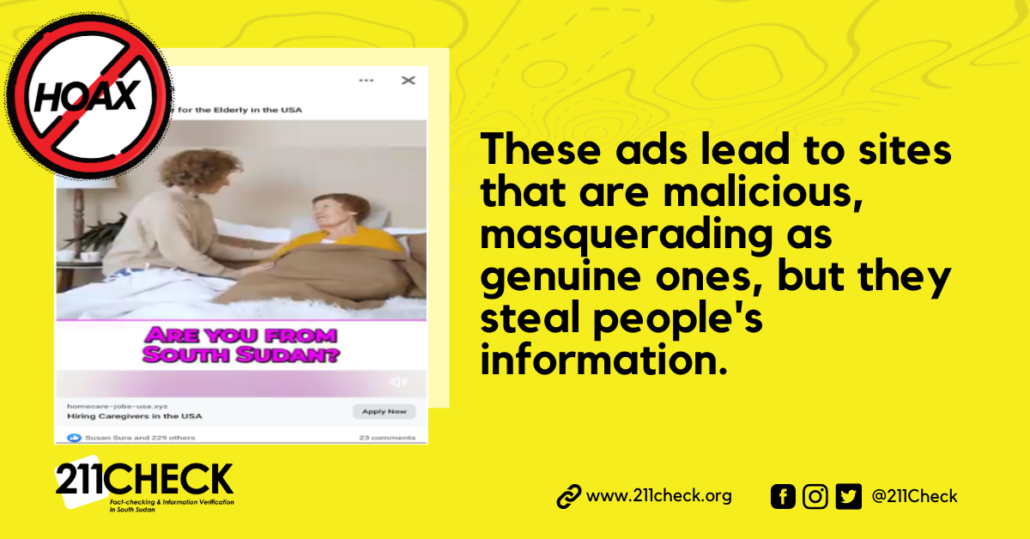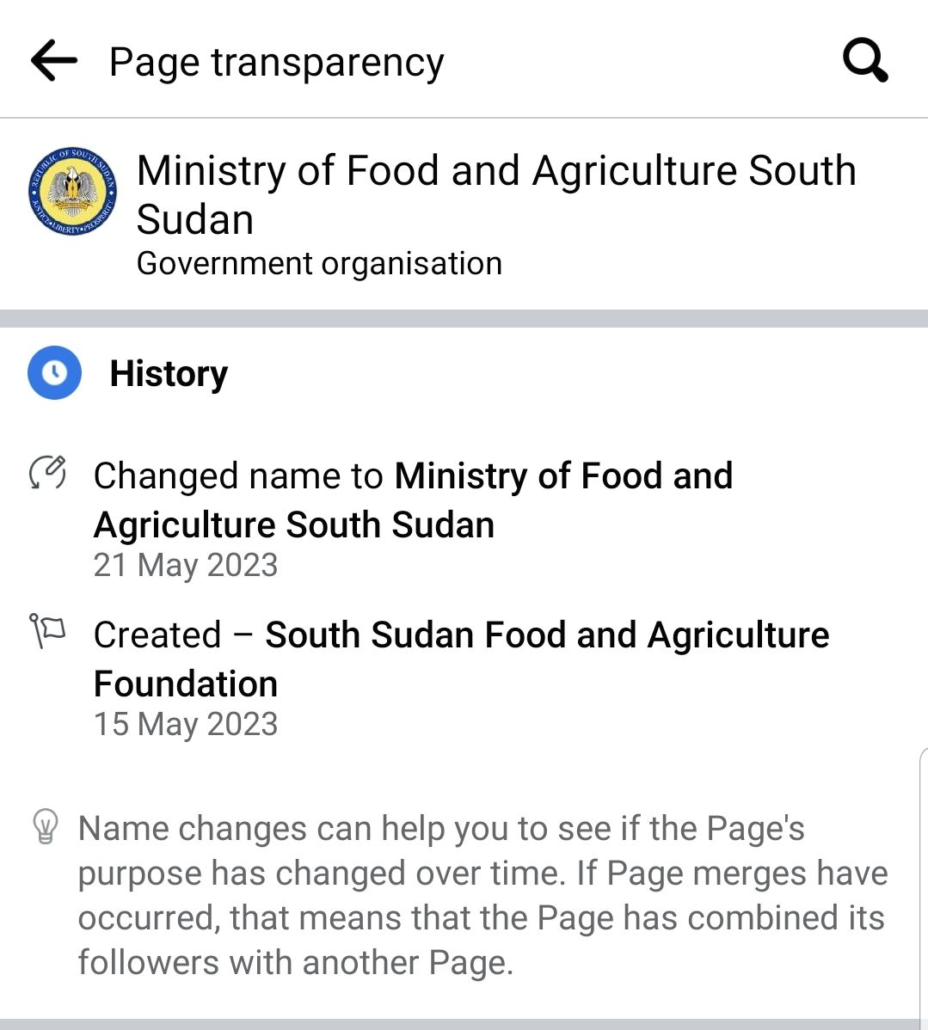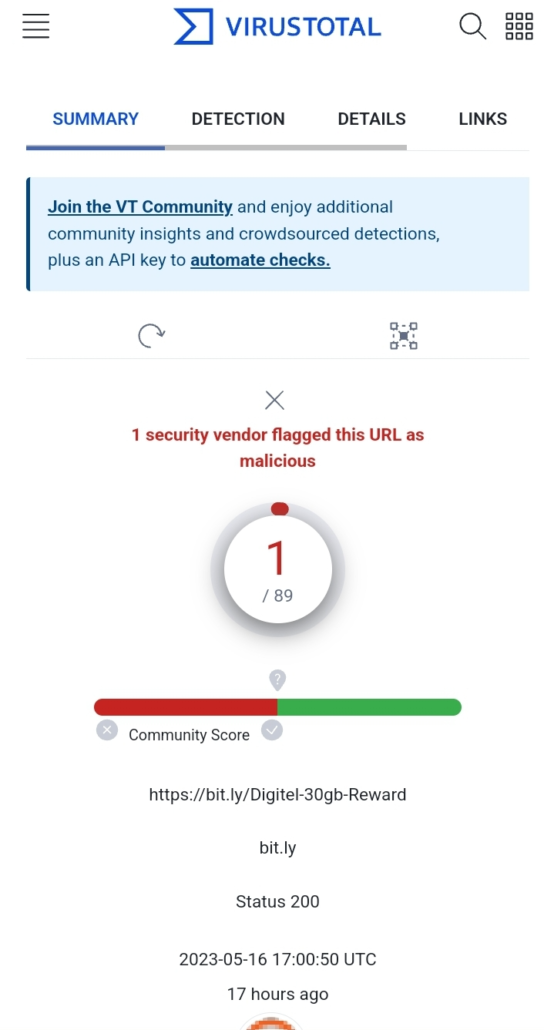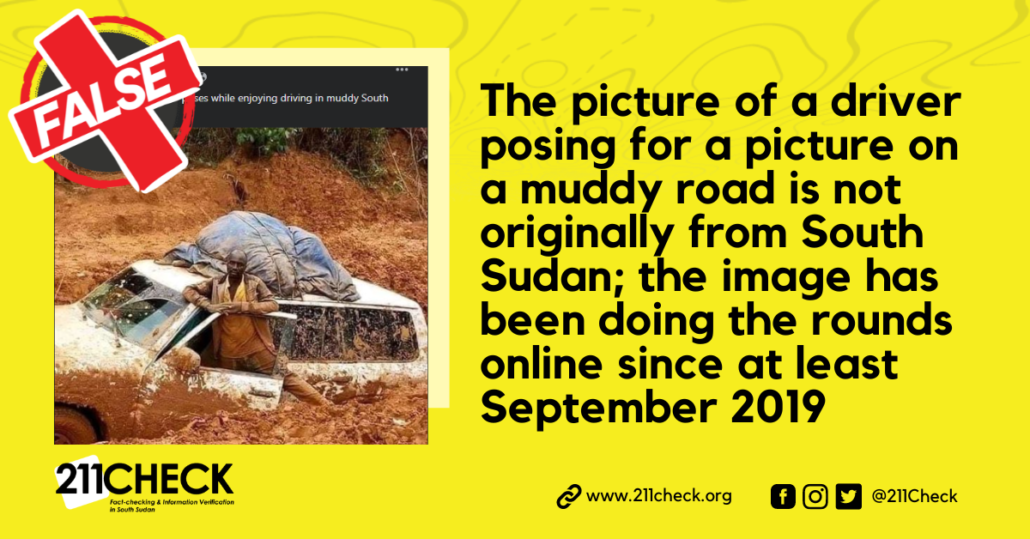Fact-check: President Museveni was not in ICU
Museveni dismissed in a media address that he was never admitted to an Intensive Care Unit (ICU) due to COVID-19-related complications.
Writer: Kei Emmanuel Duku
A viral tweet shared by Tanzania Abroad TV claiming that Uganda’s President Yoweri. K. Museveni was in Intensive Care Unit (ICU) after contracting the COVID-19 Virus is false.
“Rais @KagutaMuseveni amepelekwa ICU chini ya uangalizi wa karibu sana kuhusiana na afya yake kubadilika gafla, Mwanaye Kainerugaba Muhozi ameitisha kikao cha Familia,” the tweet reads in Swahili.
Posted on Sunday, June 11, 2023, at 10:37 AM, the above tweet and a separate one posted at 5:34 PM the same day claiming that Muhoozi Kainerugaba, Museveni’s son and the Presidential advisor on Special Operations, conducted a family meeting with relatives and high-level officers of the Ugandan army regarding the deteriorating health conditions of his father.
Both tweets garnered 850,000 views, over 5,000 likes, 383 quotes, over 700 retweets and 97 retweets and more than 1000 likes, respectively, drawing mixed reactions from audiences.
Origin of the Claims:
On Wednesday, June 07, 2023, while on a State of National Address, President Museveni at Kololo Grounds in Kampala, President Museveni while delivering his speech, said, “I am a suspect of Corona as I am standing here. That’s why you see Mama Janet (First Lady) coming in a different car.”
He said he decided to consult his medical experts after experiencing a slight flu-like fever but not as bad as the usual flu, roughness in the throat, headache and drowsiness, something usual since he captured power in 1986.
Since testing positive for COVID-19, 78-year-old Museveni has been updating the public regularly about his health status; however, on Monday and Tuesday last week, he had not issued any information regarding his health, prompting speculation that he might be in the Intensive Care Unit (ICU).
Social Media Reaction to the Announcement:
According to Google translate from Swahili to English, Milton Emmy Akwam retweeted, saying the president is recovering well and Tanzania Abroad TV should apologise to East African Communities
“In the spirit of the East African Community, Please apologise and take this down. The President appears to be on the road to recovery,” but Ankunda Barbra Kakama refuted the allegations and stated that Museveni is steadily recovering.
It’s a common tendency for many people to use social media for various reasons without verifying content, and it’s on this ground that Mr Jardon, in his retweet, advised Tanzanian Abroad TV to confirm content before publishing.
“Kabla ya kushiriki habari, kawaida ni wazo nzuri kuangalia ukweli mara mbili!” …….. “Before sharing information, it’s usually a good idea to double-check the facts!” reads his Google-translated tweet.
Claims of European Foreign Policies on Africa and Others:
Recently, President signed the Anti-Homosexuality Bill into Law, which attracted massive condemnation from the Western world MΔCMUG∆ in his retweet, attributed Museveni contracting COVID-19 to the signing of the Bill. In contrast, Cae Jay believed COVID-19 is a manufactured virus by the European countries intended to kill African leaders who go against the interest of the West.
Both Sayyidi II and Vidzok said President Museveni made the mistake of signing the Anti-Gay law. Citing leaders like Gaddafi of Libya and Saddam of Iraq were killed because of the contriving policies of the Americans.
This was not different from another tweep who believed the impact of signing the bill had a connection to the infection. “One man down. The war of homosexuality is to be fought scientifically and art,” reads his tweets.
Change of leadership in Uganda:
President Museveni has ruled Uganda for over 30 years since he came to Power in 1986. He is one of the longest-serving leaders in the continent. Many Ugandans, including others within the East African Region, believe he should step down before he dies, and they say this is the right time for Ugandans to experience a change in leadership.
Too many opposition parties and citizens in Uganda see President Museveni as a dictator, particularly how, in the past, he has been cracking down on opposition leaders and their events, particularly in the last elections. Many believe there will be no peaceful power transfer even if he is ageing.
While both claims by Abroad Tazania TV and Nairobian Tea that President Museveni is admitted to ICU puts Ugandan Citizens in panic as the conditions of Museveni have deteriorated, Nickie, a tweep, is urging Ugandans to prepare as the time for a change of leadership has come, which is similar to Eugene Maritim‘s.
Evidence:
After testing positive for COVID-19, President Museveni made jokes and said it is for the first time in more than 50 years that he is falling sick and the second time he is going on leave from office since he assumed powers at the State House and will go into isolation while observing quarantine and Prime Minister Robinah Nabbanja will preside over the reading of the national budget on June 15, 2023, and perform other national duties. Still, barely a day, Primer Robinah Nabbanja also tested positive for COVID-19.
However, during the National budget presentation, the Speaker of the 11Th Parliament of Uganda, Anita Among, during her opening remarks, condemned some Ugandans in what she described as “Insensitive comments” for wishing bad for Museveni.
Similarly, while appearing on Zoom from State Nakasero-Entebbe during budget reading, Museveni hit back at a section of Kenyans for preaching false information. He further noted that he is on his path to recovery and executing State duties, usually in isolation.
He said since contracting COVID-19, he had never been admitted to ICU, and so far, three tests have been carried out, and the results still show positive despite not showing signs and symptoms of COVID-19. Nation Media Group publication gazette Daily Monitor and Urban TV revealed this.
Commenting on his absence from the Media, Museveni revealed he had been busy doing paperwork in his diary farm and has asked the public not to panic over his health status. He reaffirmed to the public should his health worsen, they will be informed, and there is no cause for alarm.
However, he urged Kenyans from whom the news of his admission to the ICU emerged to pray for him.
No, Uganda’s President Museveni was not in ICU.
The claim made by Tanzania Abroad TV in a viral tweet that Uganda’s President Yoweri K. Museveni was in Intensive Care Unit (ICU) after contracting COVID-19 is false.
President Museveni and his Primer, Robinah Nabbanja, tested positive for COVID-19 on June 7 and 8, 2023, but none were admitted to intensive Care. Currently, the two leaders are in isolation and responding well to treatment. However, the false news created on social media was intended to cause panic among the local population within Uganda and the region.
No, COVID-19 was not sent as a punishment for ‘stubborn’ African leaders.
Many local populations thought COVID-19 was a punishment for stubborn African leaders like former President of Tanzania John Pombe Magufuile, who did not believe in COVID and did not listen to the West and subsequently died from Corona. Therefore by Museveni signing the Anti-Gay bill into law, they claimed that the West World also sent COVID-19 as a harsh punishment because he denied the rights of Gay people in Uganda, yet in a real sense COVID-19, foreign policies or internal administration has no connections.
While it is true that so many African leaders died of COVID-19, the related deaths have been associated with substantial changes in public health policy in cases where the response to the pandemic had initially been contested or minimal.
Did Muhoozi, President Museveni’s son, hold a family meeting?
The claims that Muhoozi Kainerugaba, the Son of the President, held a meeting with the high command of the Army and his family is not valid but rather aimed at creating tensions between the army command and civilians.
The claim’s background can be traced back to how Muhoozi Kainerugaba has been conducting himself on social media, parading himself as the next President of Uganda who will take over from his father or contest against him in the next general elections.
However, according to the constitution of Uganda, Article 109 states that if the President dies, resigns or is removed from office under Article 109, The Vice President shall assume the President’s office until fresh elections are held, and a new President is sworn in. Article 109(4 and 5) respectively states that whenever the President cannot perform his functions of the President, The Vice President shall perform those duties until the President is again able to perform those functions. The Speaker shall perform those duties where both the President and the Vice President cannot perform those functions until a new President assumes office.
We can conclude from the above constitutional provisions that President Museveni’s Son, Muhoozi Kainerugaba, does not come closer to succeeding powers from his father should he die or resign from the presidency. Even in the military structure, Muhoozi Kainerugaba comes third and has minimum impact on decision-making about the governance systems of Uganda.
To ensure accuracy and transparency, we at 211 Check welcome corrections from our readers. If you spot an error in this article, please request a correction using this form. Our team will review your request and make the necessary corrections immediately, if any.
It is crucial to fight against misinformation and disinformation in mainstream and alternative media by avoiding becoming a victim of fake news. To prevent the spread of false information, you must refrain from sharing content you are unsure about or unaware of its origin. Disinformation and misinformation can be incredibly dangerous because they can mislead people and cause harm. For instance, false information on health matters can lead to wrong decisions that can put people’s lives at risk. Therefore, it’s vital to fact-check information before sharing it to promote accurate and reliable information. Visit https://211check.org/ for more information on our fact-checking process, or send us a WhatsApp message at +211 917 298 255 if you want to present a claim. Our team will promptly respond to your request because we believe #FactsMatter.

